Demolition underway at old recycle energy plant on Opportunity Parkway in Akron
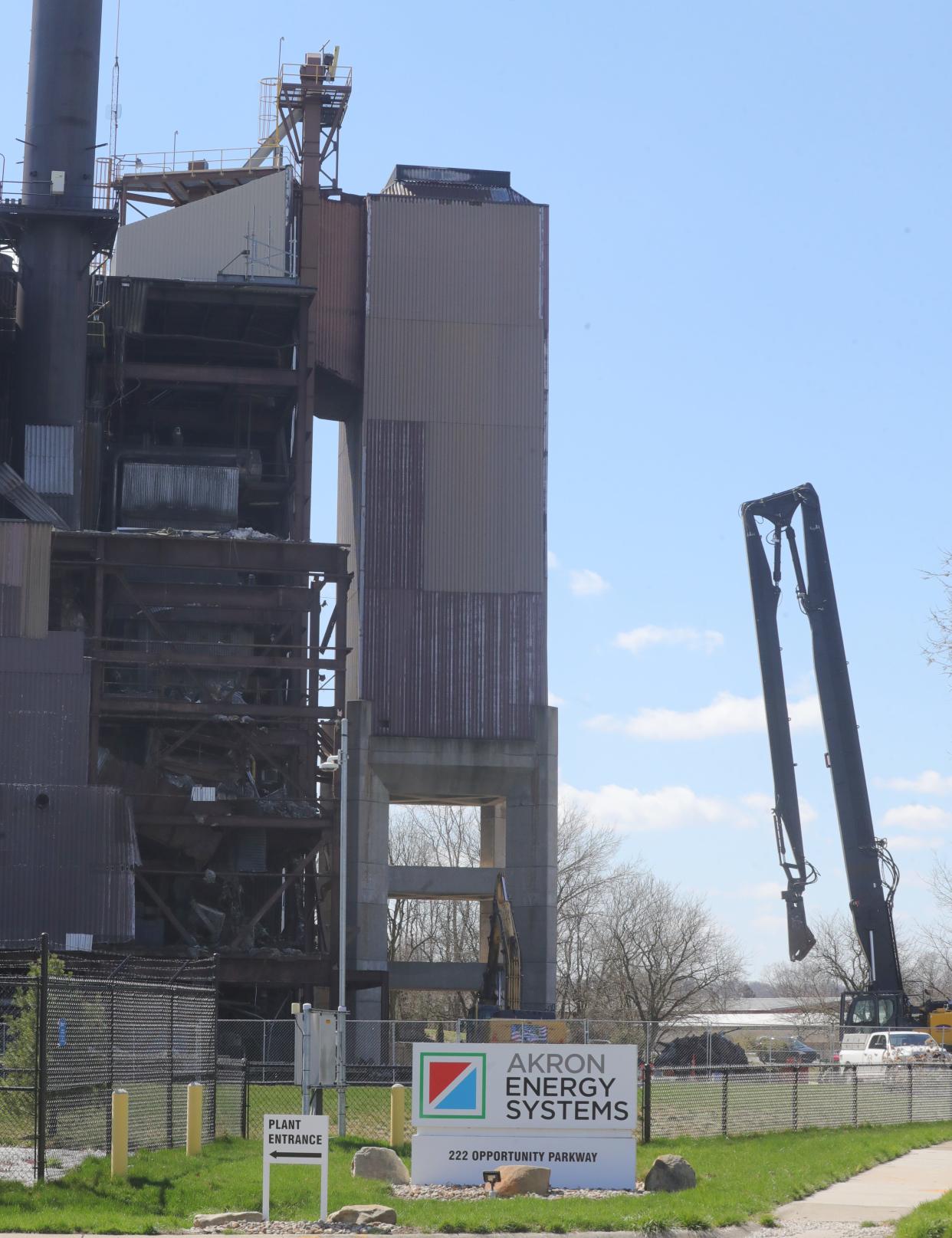
Demolition is underway at the former Recycle Energy System plant on Opportunity Parkway in Akron.
The complex was the first of its kind in Ohio and one of the first in the nation when it opened in 1979. The nine-story plant was designed to convert trash and garbage into steam to heat downtown buildings.
Marc Divis, president of Akron Energy Systems LLC, said Eslich Wrecking Co. began tearing down the old steam unit of the decommissioned plant in mid-March. The work is expected to be completed this summer.
A section of the original complex — the long, rectangular building where garbage trucks used to deliver trash — will remain standing.
The Recycle Energy System had a tragic, troubled past before being reinvented in the 21st century. Akron replaced the plant with a modern $35 million facility next door in 2020.
“The old plant was built as a waste energy facility,” Divis said. “It was built to burn municipal waste and convert that into thermal energy. Obviously, that had a history to it.
“The new plant has a very compact footprint. It has clean air controls, emissions controls. It’s very low polluting, very high efficiency.”
Origin of Akron incinerator
Akron had high hopes for the original facility. In the early 1970s, city officials proposed building a municipal incinerator to dispose of solid waste because the 200-acre Hardy Road landfill in Northampton Township was nearing capacity.
Bruce Pyle, vice president of the Akron engineering firm Glaus, Pyle, Schomer, Burns & DeHaven, designed the three-building complex on 7.5 acres along Opportunity Parkway. According to plan, about 200 trucks would arrive at the plant each morning, dumping trash to be shredded, burned and fed into boilers to produce steam.
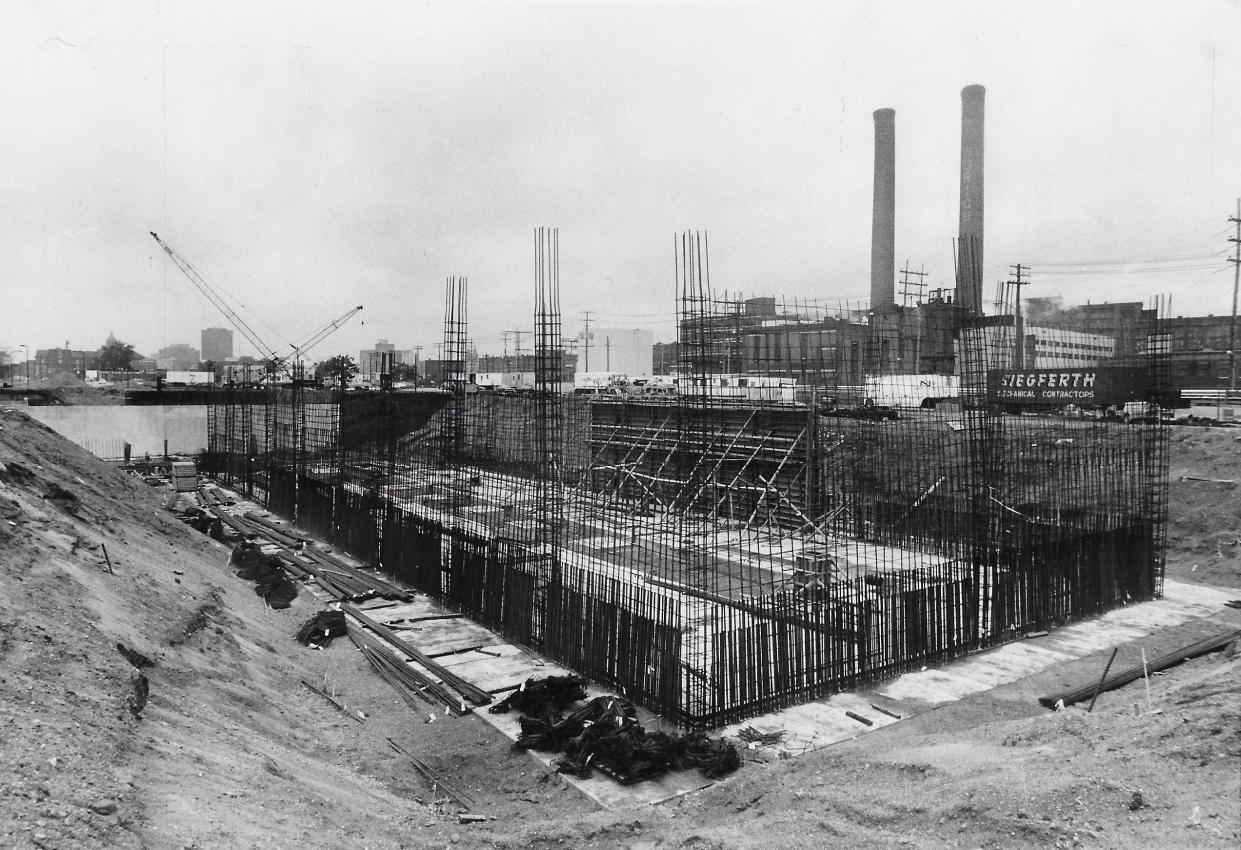
The operation could process up to 800 tons per day. Each ton of garbage would equal a barrel of oil or 1,000 cubic feet of natural gas.
An 18-mile network of underground lines would transport steam to over 150 businesses and institutions in and around downtown, including B.F. Goodrich, Akron City Hospital, Akron General, Akron Children's Hospital and the University of Akron.
“It solves two major problems for the city,” Akron Planning Director James A. Alkire explained at the time. “It gives us a permanent solution to our solid waste problem and in doing so creates energy for downtown and one of our major industries.”
Mayor John S. Ballard hailed it as a “pioneering system.” The U.S. General Accounting Office of Congress predicted it would be “a valuable supplement to the nation’s energy supply.”
The New York underwriting firm of Dillon, Read & Co. arranged financing for the $50 million project. The Ohio Water Development Authority issued $46 million in revenue bonds on behalf of Akron while the city and Summit County agreed to put up $5 million each in general obligation bonds.
“This is a very important day in our community’s future,” Ballard said.
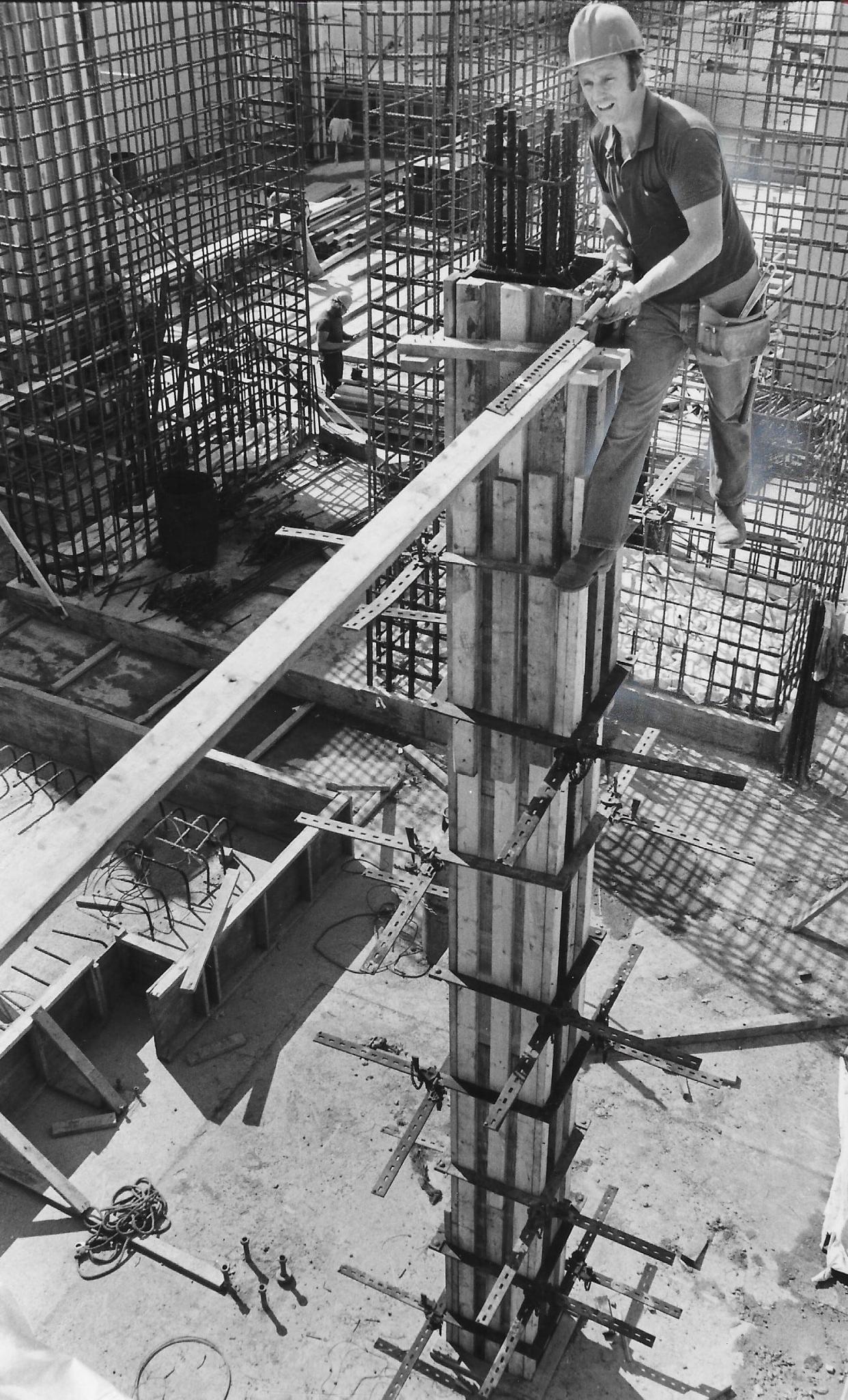
In 1976, the city selected the John G. Ruhlin Construction Co. as general contractor for $12.5 million. Other pacts included Babcock & Wilcox Co., boilers, $7.9 million; John P. Novatny Electric Co., electrical engineering, $1.9 million; and Siegferth Plumbing and Heating Inc., mechanical contractor, $2.6 million.
While the plant initially was expected to cost nearly $50 million, the total was expected to rise to $110 million by the time the principal and interest on bonds were paid off by 2004.
Summit County Commissioner Mark T. Ravenscraft, an outspoken critic of the project, grumbled: “If Ballard had taken the $110 million in dollar bills and burned them, he’d get more British thermal units on a constant level than they’re going to get out of solid refuse.”
He wasn’t too far off.
Troubles at energy plant
Ground was broken in early 1977. Gov. James A. Rhodes visited the construction site and touted the plant as “a creative answer to the great energy challenge we face in Akron today.”
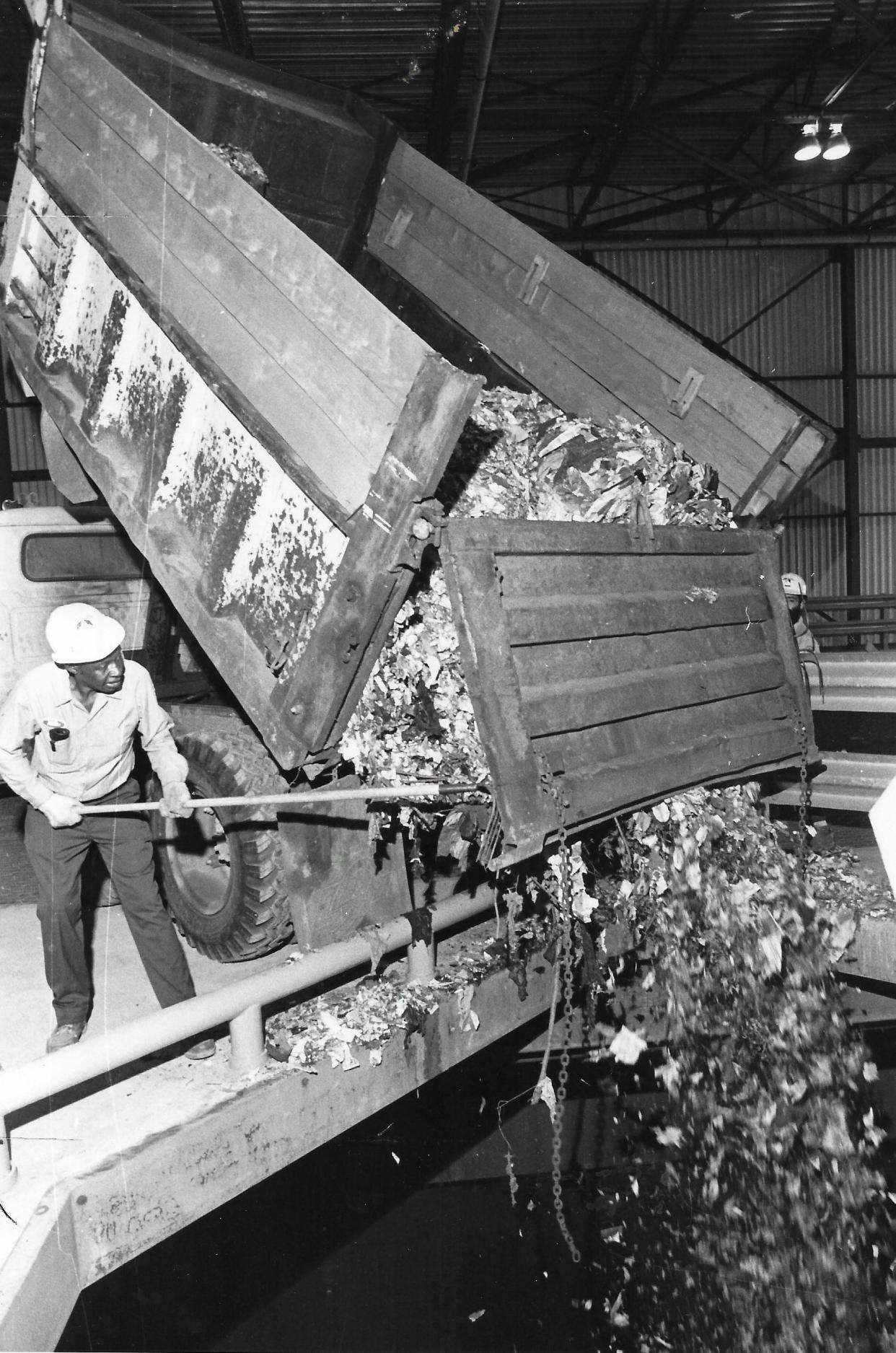
Teledyne National, which managed the facility for the city, began burning garbage and creating steam on a trial basis in July 1979. Officials dedicated the plant Nov. 30.
Almost immediately, there were technical issues. Garbage jammed the storage bin, shredders got clogged, machines malfunctioned, conveyor belts halted and fires erupted. There were frequent closures.
By 1981, the plant was spared default through a $25 million refinancing plan. It shut down from June 1981 to November 1982 so new operator Tricil Resources Inc. could engineer an $11.4 million redesign.
Back in operation, the Recycle Energy System began accepting out-of-state waste because there wasn’t enough local garbage to turn a profit. More than a dozen explosions jolted the complex from 1983 to 1984, causing hundreds of thousands of dollars in damage.
In October 1984, the energy plant received a $36 million bailout with $13 million coming from the U.S. EPA, $15 million from the Ohio Water Development Authority and $8 million from Akron taxpayers.
“I hope this will be remembered as a landmark, a time in which we turned a major corner in the long and difficult history of this project,” Mayor Tom Sawyer said.
Two months later, catastrophe struck.
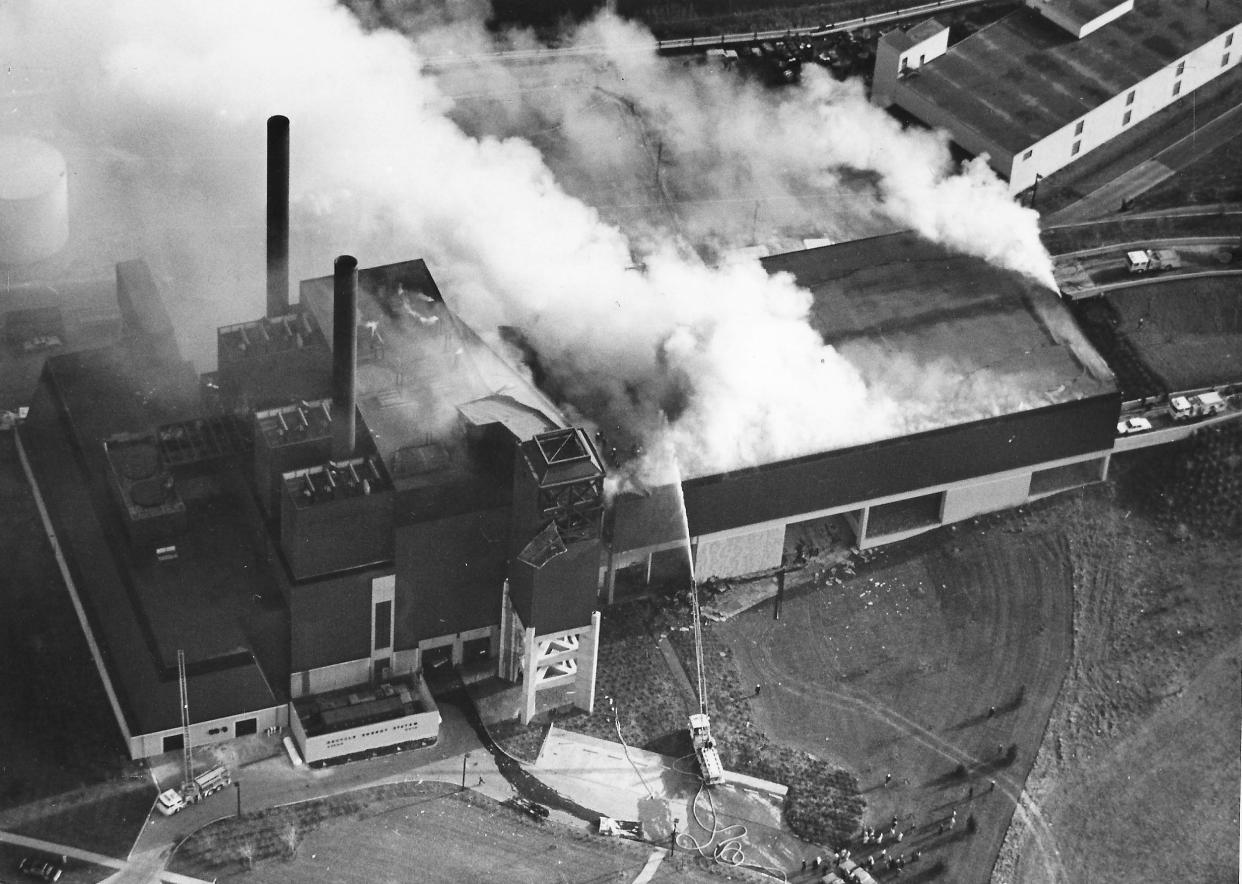
Deadly explosions in 1984
A series of explosions ignited shortly before 1:30 p.m. Dec. 20, 1984, killing three men and injuring seven. Dead were Henry Teasdale, 55, of Akron, William D. Griggs, 21, of Stow, and Dale Liller, 30, of Ravenna. All worked for Keller-Hall Inc., a Tallmadge construction company under contract to Tricil.
About 70 firefighters battled the three-alarm blaze. The explosions and fire caused $1 million in damage.
Investigators pinned the blame on a New Jersey truck that had dumped sawdust oil tainted with three volatile chemicals: toluene, xylene and methyl ethyl ketone. Explosive wastes, including chemical solvents, had been banned from the plant.
The complex burned natural gas for nine months in 1985 before repairs allowed it to resume accepting garbage. The system began operating as a municipal utility after Akron contracted with wTe Corp. of Massachusetts to serve as manager.
Despite several more fires and explosions, the city still touted the plant in the late 1980s as “a reliable, long-term means for the disposal of municipal solid waste.”
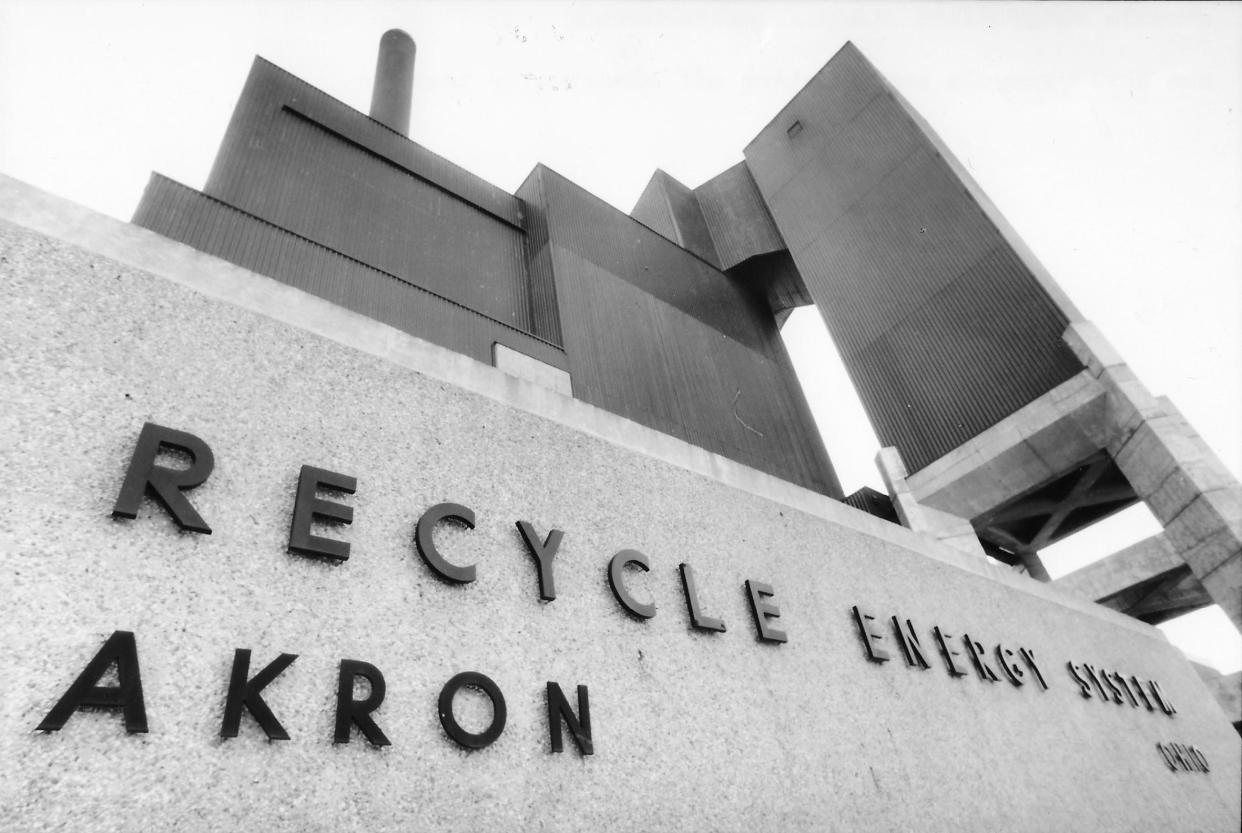
Congress passed the Clean Air Act in 1990, paving the way for regulation of power plants and incinerators. The Akron plant was found to emit large amounts of heavy metals, making it one of the biggest air polluters in Ohio.
Meanwhile, police charged a dozen workers and haulers in 1994 with exchanging cash for dumping truckloads without paying proper fees, costing the city as much as $1.5 million.
Rather than submit to U.S. EPA tests for dioxins, Akron announced that it would stop burning trash at the plant in January 1995. It also acknowledged that the energy operation hadn’t made money since opening in 1979.
Akron Thermal, a Youngstown company, took over the system in 1995, providing steam heat and chilled water to downtown Akron businesses. The company switched from burning trash to coal, wood products and natural gas at the former B.F. Goodrich boilers.
After Akron Thermal filed for bankruptcy in 2007, the city contracted with Akron Energy Systems LLC to run the operation.
The plant required an annual subsidy of $8 million as recently as 2010, but the new operator soon turned things around and reduced Akron’s carbon footprint by 31% over a decade.
New plant offers fresh start
The city built a new facility at 222 Opportunity Parkway next to the decommissioned plant. The $35 million plant opened in 2020 and has earned nearly $2 million annually.
“It’s been over three years now,” said Divis, president of Akron Energy Systems. “It’s performed as good or better than expectations. It’s really done well.”
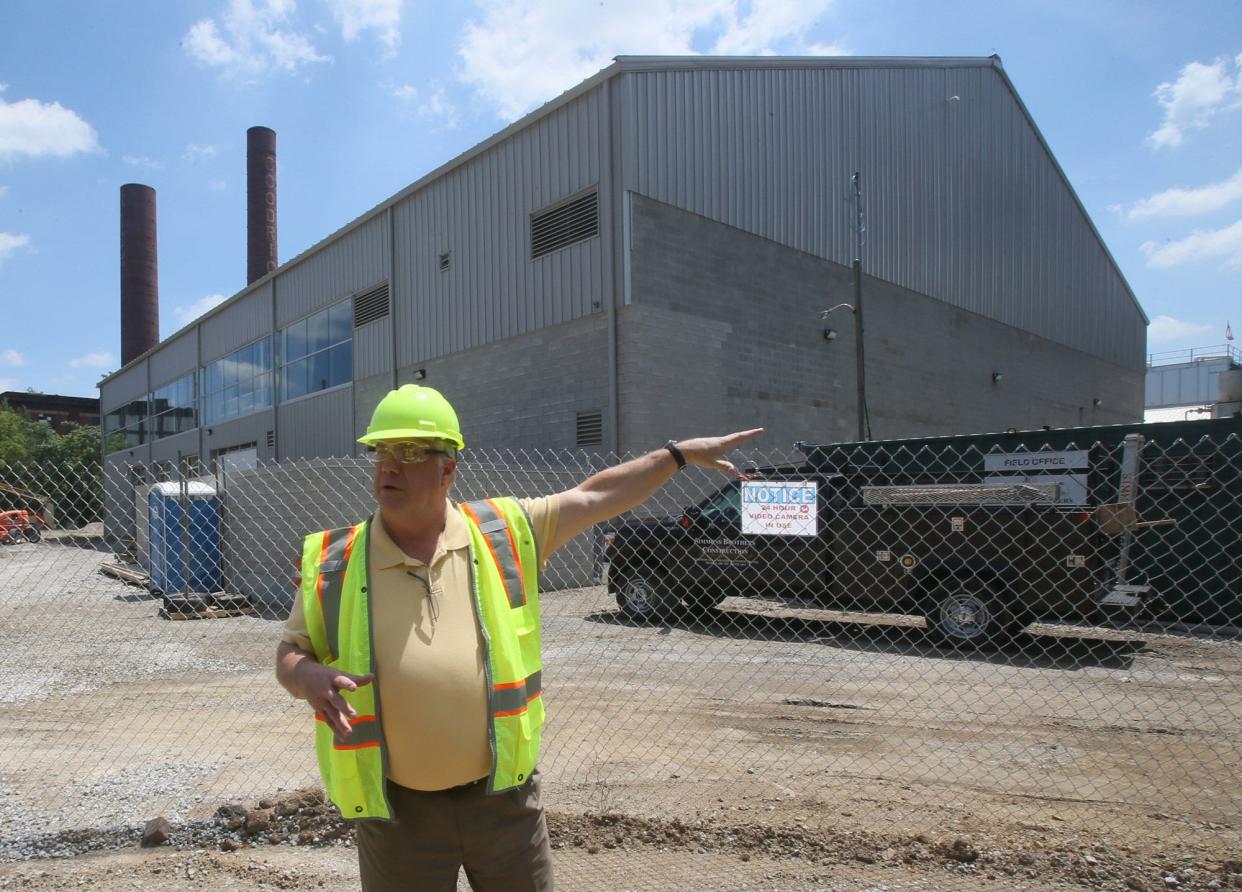
Now the old steam unit is being torn down, and it will come at zero cost to the city.
“The scrap credit is paying for the demolition,” Divis said.
Wreckers have already peeled off the front of the plant, exposing beams, ducts, pipes, vats and machinery. Eslich will cut the smokestacks into 8-foot rings and lower them down.
Once the site is cleared, future options for the land will be considered.
“We’re looking at multiple reuses for the property,” Divis said.
Billing itself as a reliable, efficient and sustainable source of heating and cooling for downtown, Akron Energy Systems plans to serve the community for decades to come.
Mark J. Price can be reached at mprice@thebeaconjournal.com
Local history: After losing Goodyear, Seiberling brothers made big comeback in Barberton
This article originally appeared on Akron Beacon Journal: Old recycle energy plant being razed on Opportunity Parkway in Akron
